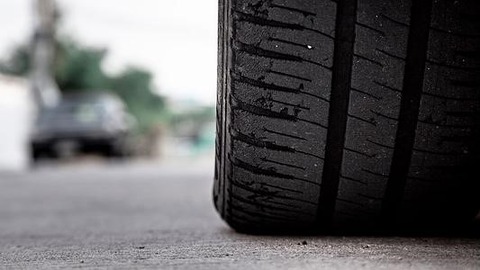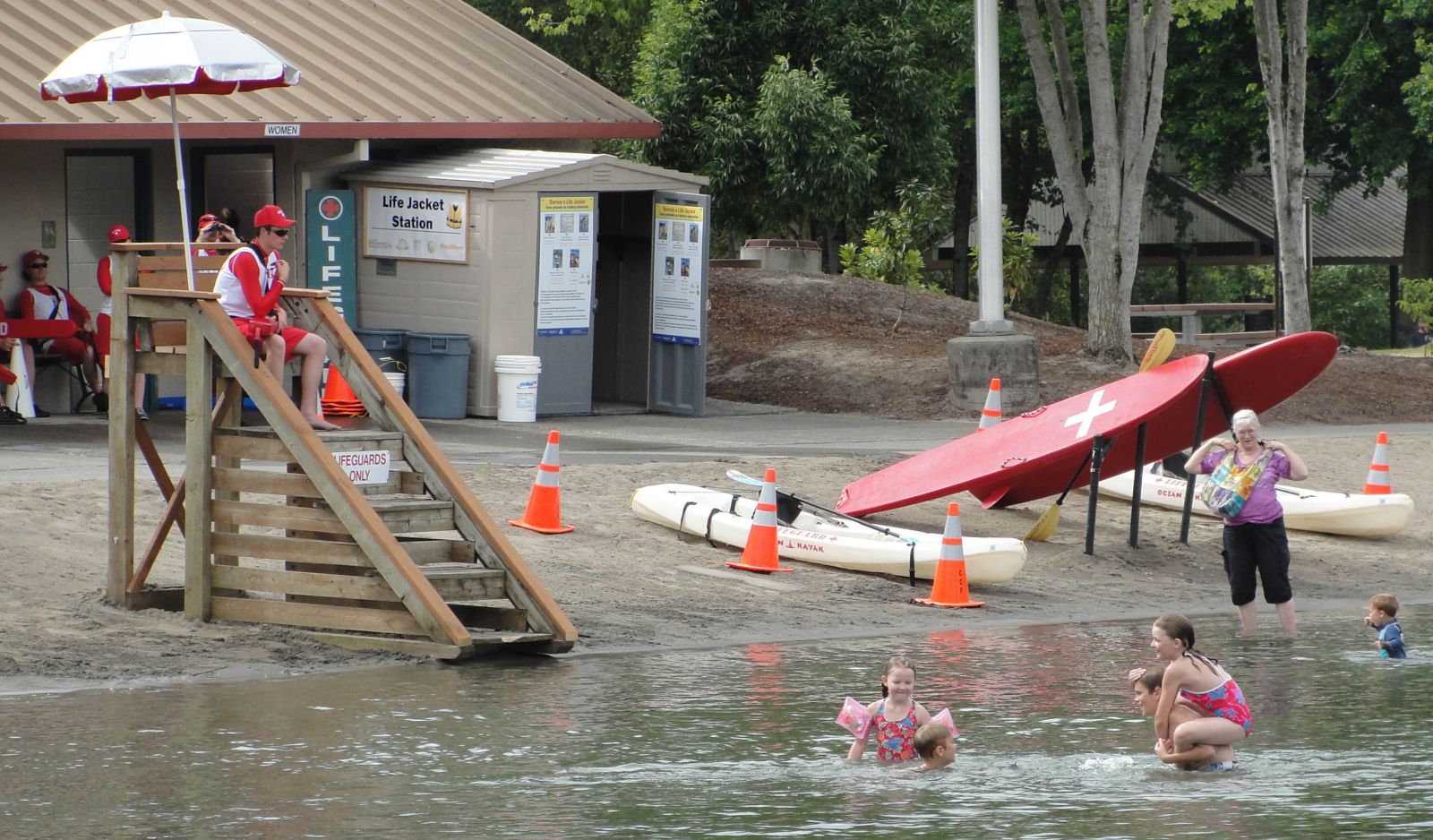
Report on Reduction of Tire Particles in Aquatic Environment
16 Apr 2024

Introduction
Research team analysed mass of tire wear particles found in drainage systems alongside UK’s busiest roads
Study Findings
London – UK scientists have found that retention ponds and wetlands constructed as part of major road schemes can reduce the quantities of tire particles entering the aquatic environment.
The joint study between University of Plymouth and Newcastle University analysed samples collected alongside some of the busiest routes in the English south-west and midlands regions.
The aim was to establish if existing drainage measures in place along parts of the UK’s strategic road network have the potential to halt the spread of tire-wear emissions.
According to the University of Plymouth, tire wear particles (TWPs) were discovered in each of the 70 samples taken, confirming the findings of previous research about “considerable environmental threat” posed.
However, added the university’s 12 April release, the presence of wetlands and retention ponds led to an average reduction of almost 75% in the mass of TWPs being discharged to aquatic waters.
The study also found that TWPs significantly outweighed other forms of microplastics, such as plastic fibres and fragments, in the samples collected. These materials were also largely removed.
To gauge this, the study used a method developed by Dr Geoff Abbott, reader in organic geochemistry in the School of Natural and Environmental Sciences (SNES) at Newcastle University.
The “breakthrough method” uses pyrolysis-gas chromatography-mass spectrometry (Py-GC-MS) to detect tire-derived particles in the environment, said the release.
The approach “can unravel and quantify the monomeric components of microplastics in the environment,” explained Abbott.
“We used it to identify specific components of micro- and nano-plastics that can be unequivocally linked to vehicle tire tread,” he added.
Researchers could, therefore, “get hard numbers” on the total amount of TWPs collecting in the influent, effluent, and sediments of the retention ponds and wetlands analysed in this study.
The findings, according to the research team, are significant as they could offer an effective way to mitigate potential environmental impacts of TWPs on a global scale.
However, the number of these roadside features is small compared to the total road network, according to senior author professor Richard Thompson OBE FRS.
“Our earlier work has shown substantial quantities of tire wear particles are dispersed by wind rather than water,” he explained.
In conclusion, Thompson said more systemic solutions should be sought, “perhaps via improved vehicle tire design.”
Subscription Information
SDGs, Targets, and Indicators Analysis
1. Which SDGs are addressed or connected to the issues highlighted in the article?
- SDG 6: Clean Water and Sanitation
- SDG 11: Sustainable Cities and Communities
- SDG 12: Responsible Consumption and Production
- SDG 14: Life Below Water
- SDG 15: Life on Land
The article discusses the impact of tire wear particles on the aquatic environment and the potential solutions to mitigate this environmental threat. These issues are directly connected to SDG 6, which aims to ensure availability and sustainable management of water and sanitation for all. The article also mentions the presence of wetlands and retention ponds as effective measures to reduce the discharge of tire particles, which aligns with SDG 11’s goal of creating sustainable cities and communities. Additionally, the article touches upon responsible consumption and production (SDG 12) by highlighting the need for improved vehicle tire design to address the dispersion of tire wear particles. Finally, the impact of tire wear particles on marine life (SDG 14) and terrestrial ecosystems (SDG 15) is also discussed.
2. What specific targets under those SDGs can be identified based on the article’s content?
- Target 6.3: Improve water quality by reducing pollution, eliminating dumping, and minimizing release of hazardous chemicals and materials.
- Target 11.6: Reduce the adverse environmental impact of cities, including air quality, waste management, and water quality.
- Target 12.4: Achieve environmentally sound management of chemicals and all wastes throughout their life cycle.
- Target 14.1: Prevent and significantly reduce marine pollution of all kinds, particularly from land-based activities.
- Target 15.1: Ensure the conservation, restoration, and sustainable use of terrestrial and inland freshwater ecosystems.
The article’s content aligns with these specific targets under the relevant SDGs. The reduction of tire wear particles entering the aquatic environment contributes to improving water quality (Target 6.3). The use of wetlands and retention ponds as drainage measures helps reduce the adverse environmental impact of cities, specifically in terms of water quality (Target 11.6). The need for improved tire design addresses the environmentally sound management of chemicals and waste from vehicle tires (Target 12.4). Furthermore, the prevention and reduction of marine pollution from land-based activities, such as tire wear particles, is essential to achieve Target 14.1. Lastly, the conservation and sustainable use of terrestrial and freshwater ecosystems are relevant to addressing the impact of tire wear particles on these ecosystems (Target 15.1).
3. Are there any indicators mentioned or implied in the article that can be used to measure progress towards the identified targets?
- Indicator 6.3.2: Proportion of bodies of water with good ambient water quality.
- Indicator 11.6.1: Proportion of urban solid waste regularly collected and with adequate final discharge out of total urban solid waste generated.
- Indicator 12.4.2: Hazardous waste generated per capita and proportion of hazardous waste treated, disaggregated by treatment method.
- Indicator 14.1.1: Index of coastal eutrophication and floating plastic debris density.
- Indicator 15.1.1: Forest area as a proportion of total land area.
The article does not explicitly mention these indicators, but they can be used to measure progress towards the identified targets. These indicators provide specific metrics to assess the improvement in water quality (Indicator 6.3.2), solid waste management (Indicator 11.6.1), hazardous waste treatment (Indicator 12.4.2), marine pollution (Indicator 14.1.1), and conservation of terrestrial ecosystems (Indicator 15.1.1). By monitoring these indicators, policymakers and researchers can track the effectiveness of measures taken to address tire wear particles’ environmental impact.
4. Table: SDGs, Targets, and Indicators
| SDGs | Targets | Indicators |
|---|---|---|
| SDG 6: Clean Water and Sanitation | Target 6.3: Improve water quality by reducing pollution, eliminating dumping, and minimizing release of hazardous chemicals and materials. | Indicator 6.3.2: Proportion of bodies of water with good ambient water quality. |
| SDG 11: Sustainable Cities and Communities | Target 11.6: Reduce the adverse environmental impact of cities, including air quality, waste management, and water quality. | Indicator 11.6.1: Proportion of urban solid waste regularly collected and with adequate final discharge out of total urban solid waste generated. |
| Target 12.4: Achieve environmentally sound management of chemicals and all wastes throughout their life cycle. | Indicator 12.4.2: Hazardous waste generated per capita and proportion of hazardous waste treated, disaggregated by treatment method. | |
| SDG 14: Life Below Water | Target 14.1: Prevent and significantly reduce marine pollution of all kinds, particularly from land-based activities. | Indicator 14.1.1: Index of coastal eutrophication and floating plastic debris density. |
| SDG 15: Life on Land | Target 15.1: Ensure the conservation, restoration, and sustainable use of terrestrial and inland freshwater ecosystems. | Indicator 15.1.1: Forest area as a proportion of total land area. |
Behold! This splendid article springs forth from the wellspring of knowledge, shaped by a wondrous proprietary AI technology that delved into a vast ocean of data, illuminating the path towards the Sustainable Development Goals. Remember that all rights are reserved by SDG Investors LLC, empowering us to champion progress together.
Source: european-rubber-journal.com

Join us, as fellow seekers of change, on a transformative journey at https://sdgtalks.ai/welcome, where you can become a member and actively contribute to shaping a brighter future.







